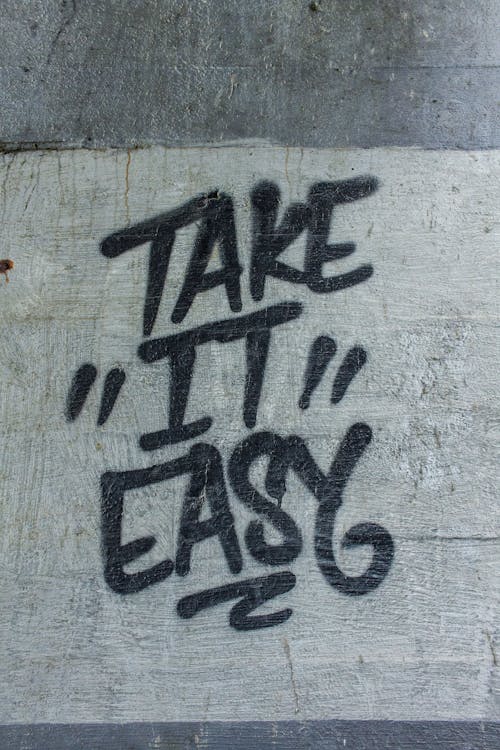Typography as Art: When Letters Become Visual Statements
Introduction: The Intersection of Typography and Art
Typography, traditionally viewed as the art of arranging type to make written language legible and appealing, has evolved beyond its functional roots. Today, it stands at the crossroads of design and fine art, transforming letters into powerful visual statements. This article delves into the journey of typography from mere text to an expressive art form, exploring its history, influential movements, and contemporary applications.
The Historical Evolution of Typography
The origins of typography trace back to ancient civilizations, where writing systems like cuneiform in Mesopotamia and hieroglyphics in Egypt laid the foundation for written communication. As societies advanced, so did the need for standardized and aesthetically pleasing text, leading to the development of various scripts and typefaces.
The invention of the printing press by Johannes Gutenberg in the 15th century revolutionized the dissemination of information, making books more accessible and promoting literacy. Typography became an essential tool in this cultural shift, with type designers creating fonts that balanced readability with visual harmony.
In the 20th century, movements like the Bauhaus and Swiss Design emphasized clarity and functionality in typography, influencing modernist design principles. These movements advocated for the use of sans-serif fonts and grid systems, prioritizing legibility and objective communication.
However, as design philosophies evolved, so did the role of typography. Artists began to experiment with type, pushing the boundaries of its traditional use and exploring its potential as a medium for artistic expression.
Typography as a Medium of Artistic Expression
The transformation of typography into an art form is evident in various artistic movements and individual works. Artists like Ed Ruscha have utilized text in their art to convey messages and evoke emotions. Ruscha’s work often features words or phrases presented in a visually striking manner, challenging viewers to consider the relationship between language and imagery.
Similarly, the Dada movement embraced typographic experimentation, using chaotic layouts and unconventional type to disrupt traditional aesthetics and provoke thought. This approach highlighted the expressive potential of typography beyond its communicative function.
In contemporary art, typography continues to serve as a powerful tool for expression. Artists incorporate text into their work to address social issues, personal narratives, and cultural commentary, demonstrating the versatility and impact of typographic art.
The Role of Technology in Typographic Art
Advancements in technology have significantly influenced the evolution of typographic art. Digital tools and software have expanded the possibilities for type manipulation, allowing artists to experiment with form, movement, and interactivity.
The rise of digital media has also led to the proliferation of typographic art in various platforms, from websites and social media to virtual reality experiences. This accessibility has enabled a broader audience to engage with and appreciate the artistic potential of typography.
Moreover, the integration of typography in motion graphics and interactive design has opened new avenues for storytelling and user engagement, further blurring the lines between text and visual art.
Typography in Public Spaces and Branding
Typography’s influence extends beyond galleries and digital screens into public spaces and branding. In urban environments, typographic art appears in murals, installations, and signage, contributing to the visual identity of cities and communities.
Brands leverage typography to establish their identity and connect with audiences. Distinctive typefaces and typographic treatments become synonymous with brand values and messaging, demonstrating the strategic importance of typography in marketing and communication.
The use of custom typography in branding not only differentiates companies in competitive markets but also reinforces brand recognition and loyalty among consumers.
Conclusion: The Future of Typography as Art
As typography continues to evolve, its role as an art form becomes increasingly prominent. The fusion of traditional techniques with modern technology offers endless possibilities for creative exploration. Whether through static designs, dynamic animations, or immersive experiences, typographic art challenges perceptions and invites audiences to engage with language in new and meaningful ways.
The journey of typography from functional text to expressive art underscores its significance in visual culture. As artists and designers push the boundaries of typographic expression, we can anticipate a future where letters not only convey information but also inspire, provoke, and captivate.
